The 1980s was a decade defined by excess – oversized hair, oversized shoulder pads, and, importantly, oversized ambition in consumer technology. Nowhere was this more vividly expressed than in the print advertising of the era. Magazines became battlegrounds of visual noise and electric color, with brands like Technics, Sony, JVC, Pioneer, Maxell, and Atari competing to dominate the page (and the reader’s imagination). What emerged was a uniquely maximalist graphic design language: bold, loud, and unashamedly futuristic.
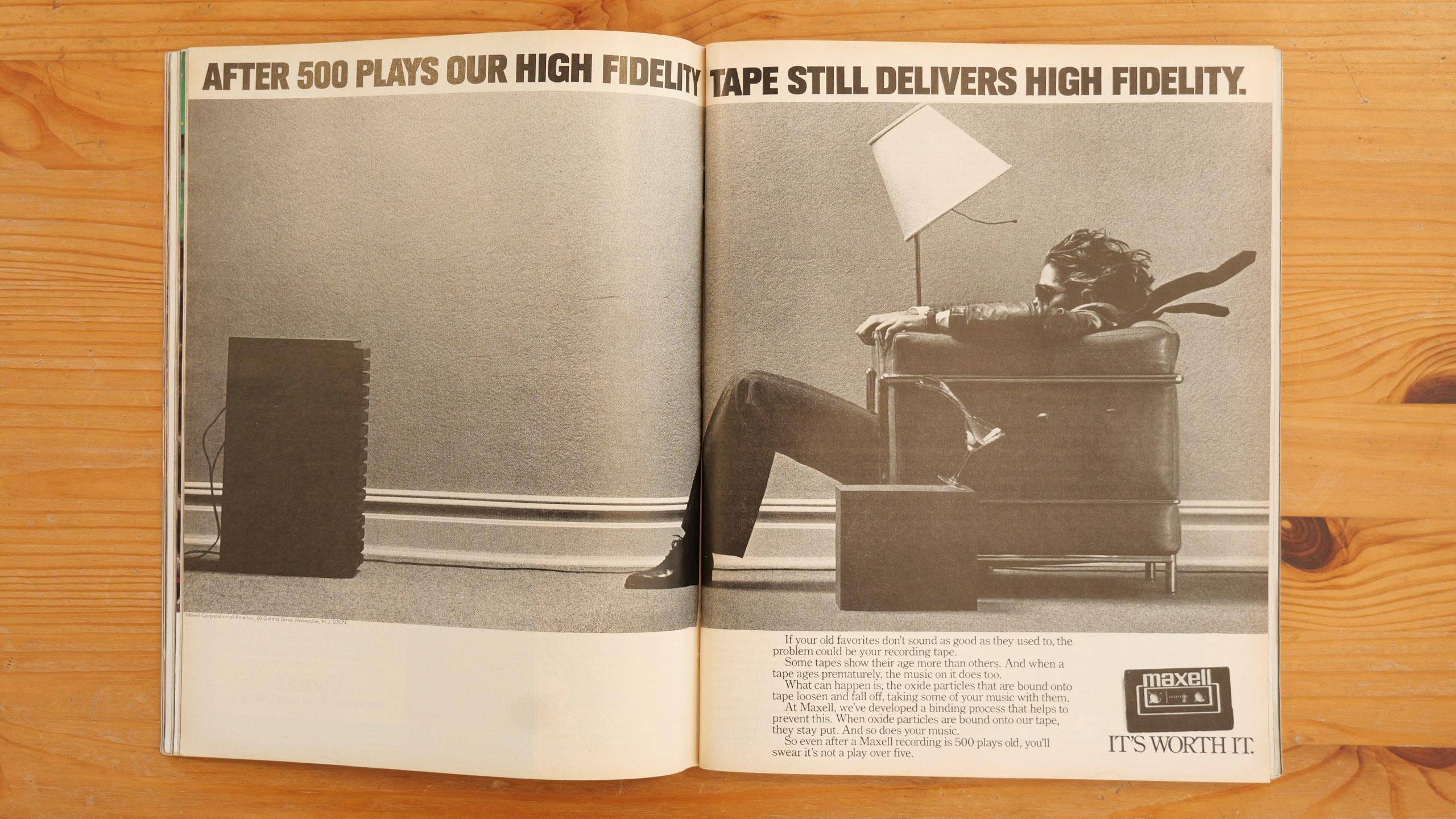
The Tech Landscape: From Magnetic Tape to the Digital Dawn
The 1980s were a technological crossroads. Older analog formats — cassette tapes, VHS, and vinyl records — coexisted with the first wave of consumer digital media, including the Compact Disc and the niche but influential LaserDisc.
Print advertising showcased these technologies not simply as products but as gateways to a higher quality of life. JVC and Sony positioned their VHS decks as portals to a cinematic home experience. Technics and Pioneer flooded magazines with stereos and turntables promising studio-level sound at home, often wrapped in neon gradients or chrome-effect typography. Even tape and media brands like Maxell created iconic imagery: the legendary “Blown Away Guy,” leaning back in his chair under the onslaught of sound, remains one of the most recognizable print ads of the decade.
This was aspirational technology — objects presented not as tools, but as status symbols within the growing landscape of home entertainment.
The Rise of Video Games and the Birth of a New Audience
Brands like Atari, especially with the Atari 2600, tapped into a youthful, rapidly expanding market. Their ads were sensory overloads: exploding pixels, dramatic perspective grids, rainbow color bars, and exaggerated claims of gameplay immersion. The design ethos mirrored the medium itself — bright, blocky, fast, and filled with movement.
The language was breathless: futuristic fonts, starburst shapes, and page compositions that seemed to vibrate with possibility. Video game ads of the ’80s helped shape a visual culture that was often chaotic but intentionally so, reflecting both the energy of early gaming and the promise of a digital future.
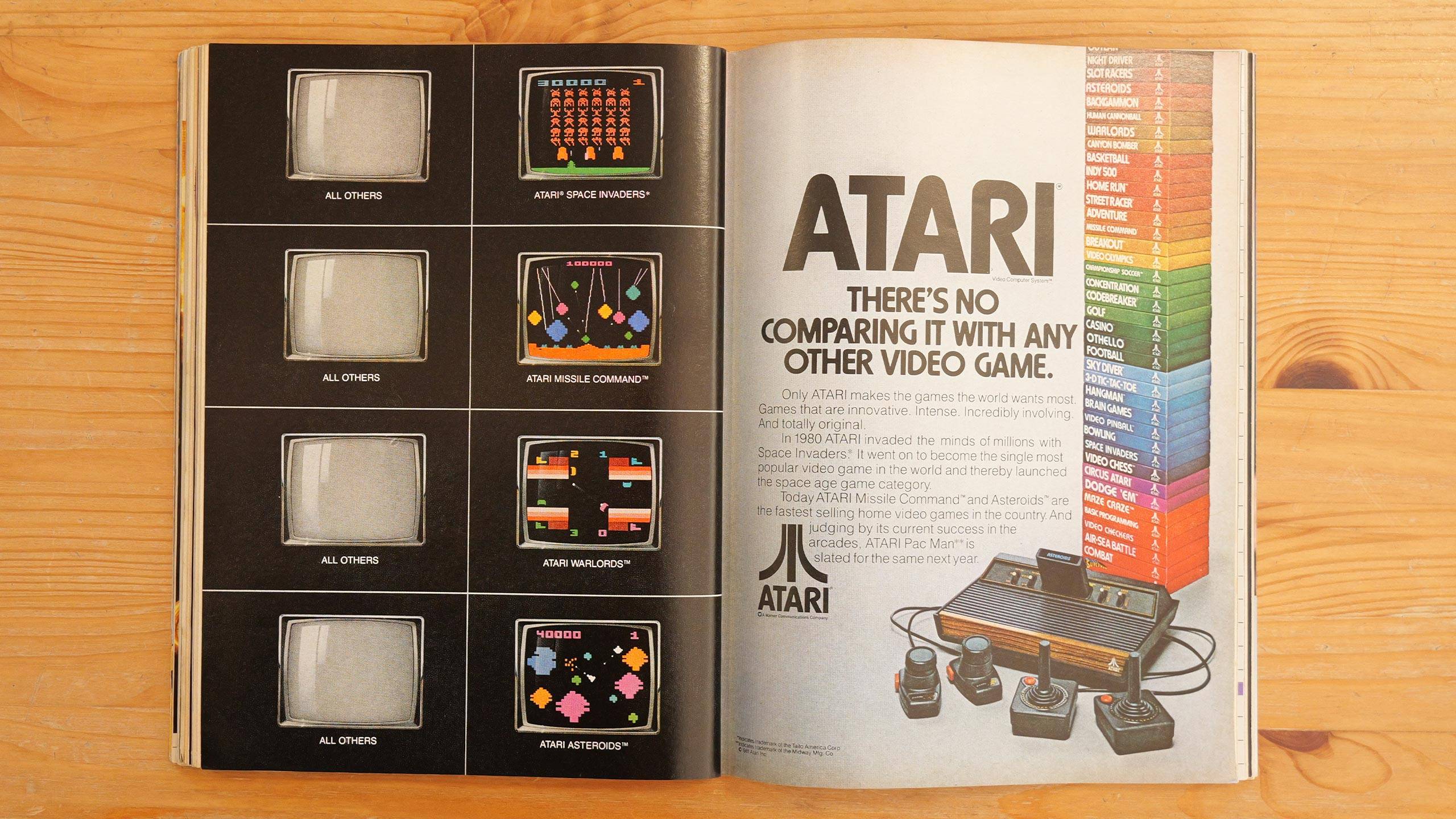
Maximalism as a Selling Strategy
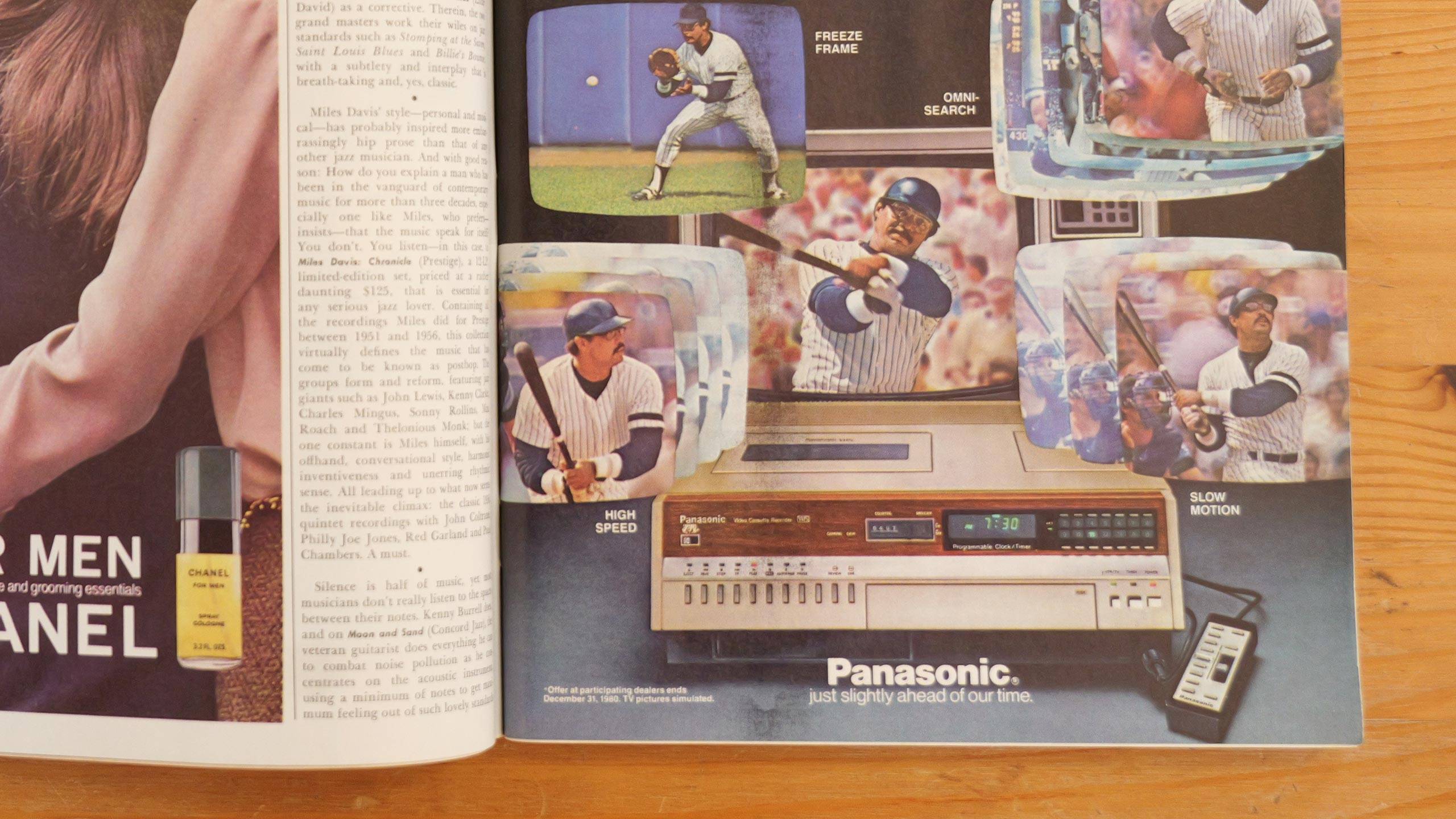
Editorial Layout Techniques & Production Processes
Behind the scenes, these ads were created through traditional paste-up methods just as digital tools were beginning to enter the workflow. Layout artists manually arranged type printed on phototypesetting machines, cut and paste graphic elements, and positioned them on mechanical boards for reproduction. Airbrushing was a key technique for adding depth, gloss, and surreal lighting effects — especially important for hi-fi equipment, which advertisers loved to portray as sleek and gleaming.
Computer-assisted design was in its infancy, but early influences crept in: grid structures inspired by computer interfaces, pixel-inspired typographic forms, and a fascination with digital light and glow. This hybrid analog–digital production aesthetic gave the 1980s its distinctive visual tension between physical craft and emerging digital fantasy.
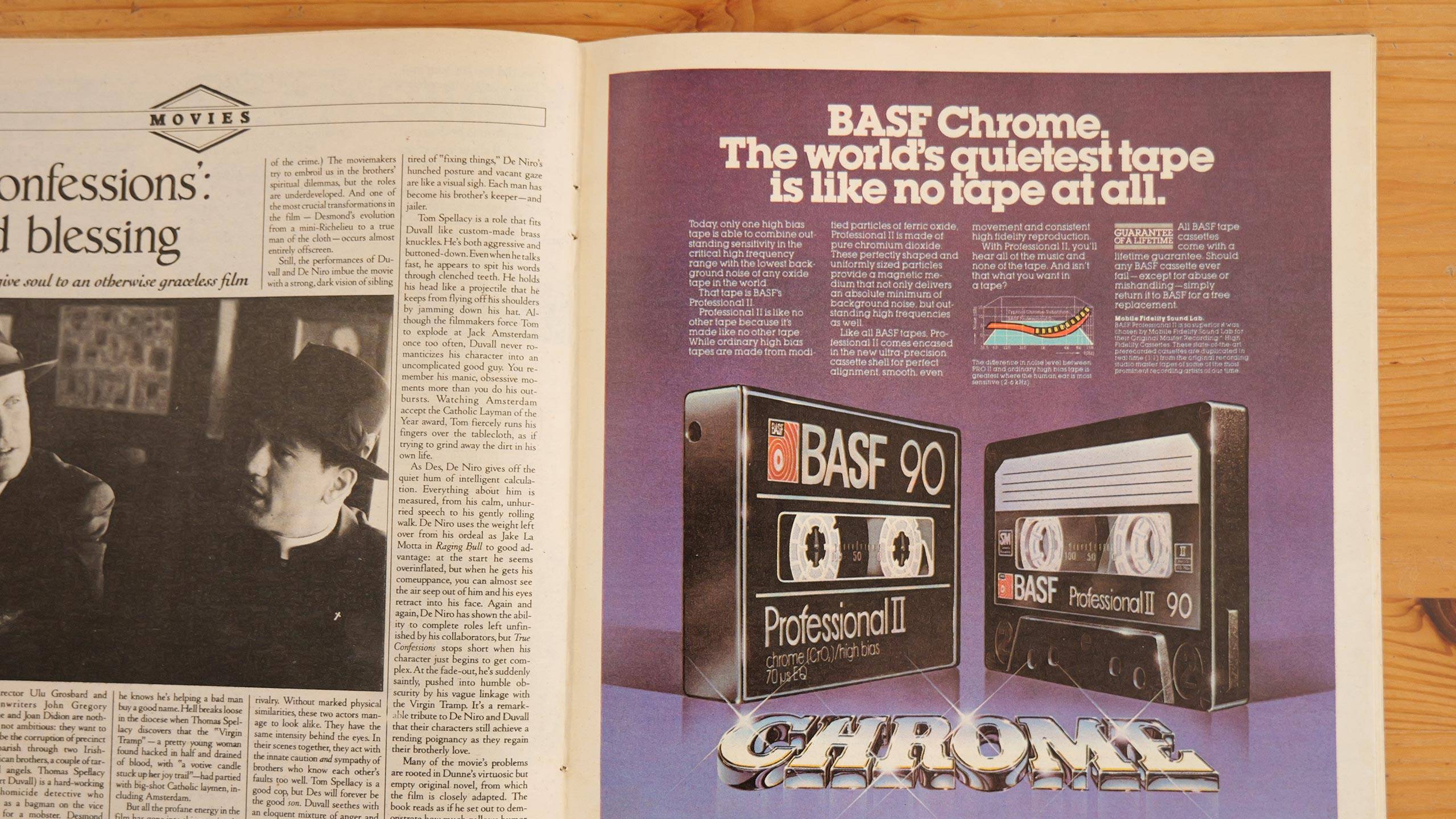
The Male Bias in 1980s Tech Advertising
Despite its futuristic aspirations, 1980s tech advertising frequently reinforced traditional gender biases. Many ads were unmistakably male-coded: dark color palettes, aggressive language, and stereotypically masculine themes such as power, control, and dominance. Stereos and video equipment were often framed as “toys for men,” invoking the living room as a kind of personal command center dominated by the (male) consumer.
Women, when present, were commonly depicted as passive observers rather than users — accessories to the product rather than participants in the technological experience. This bias reflected the broader cultural narrative of the time, positioning technology as a male domain even as women were increasingly present in professional and domestic tech environments.
In retrospect, the overt masculinity of these ads provides a revealing cultural snapshot: a reminder that technological aspiration often came bundled with narrow ideas about who technology was “for.”
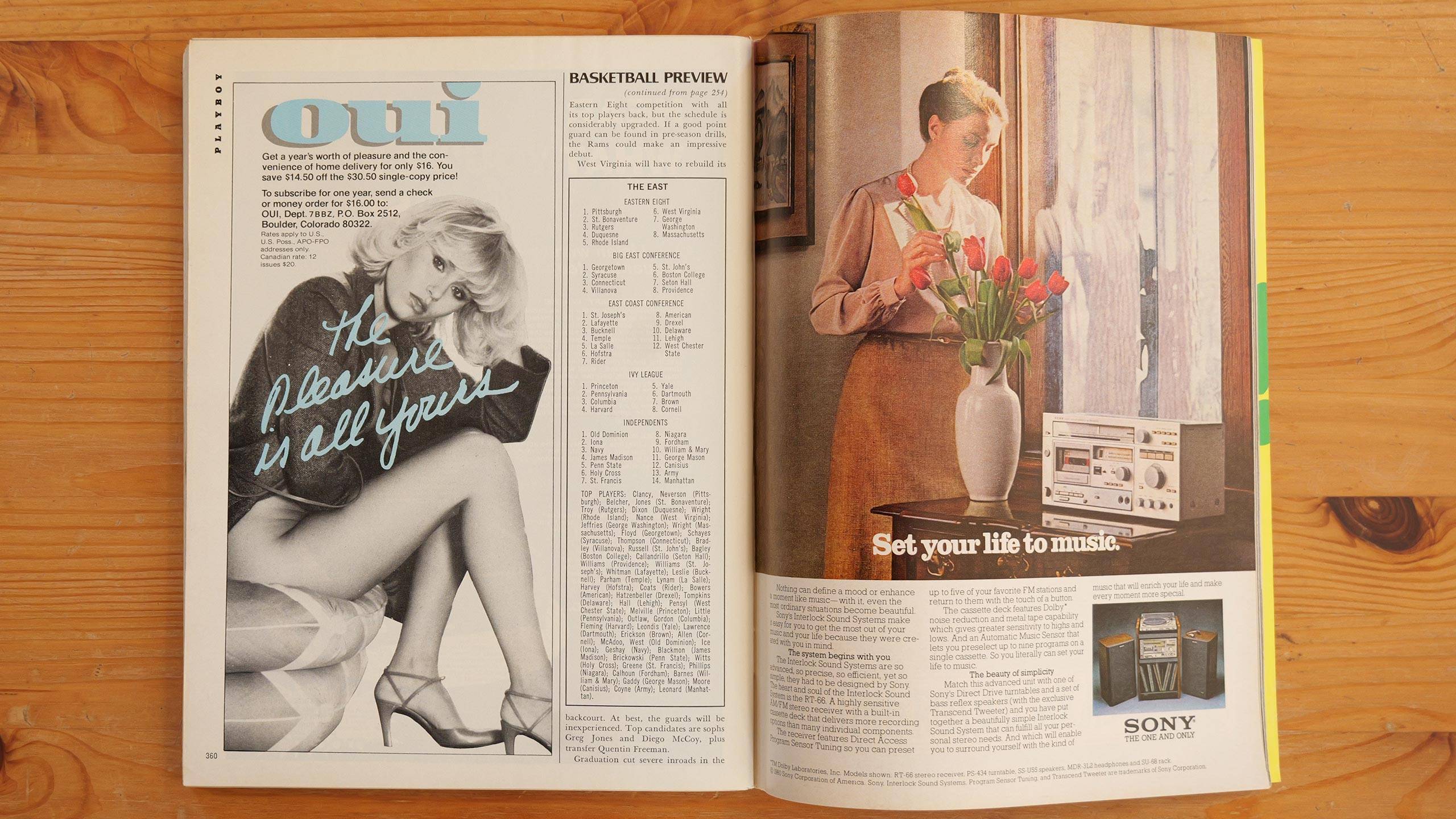
Aspirational Technology & Selling Techniques
What united the ads of brands like Technics, Maxell, Sony, JVC, Pioneer, and Atari was a shared belief in technological aspiration. Technology wasn’t sold merely on functionality — it was sold as identity. Owning a tape deck or video recorder symbolized sophistication. Having a CD player in 1983 symbolized futurism itself. The advertising machinery of the decade built a narrative of constant progress: faster, louder, cleaner, sharper, better.
Maximalism served that narrative perfectly. The more overwhelming the visual presentation, the more futuristic the product appeared.
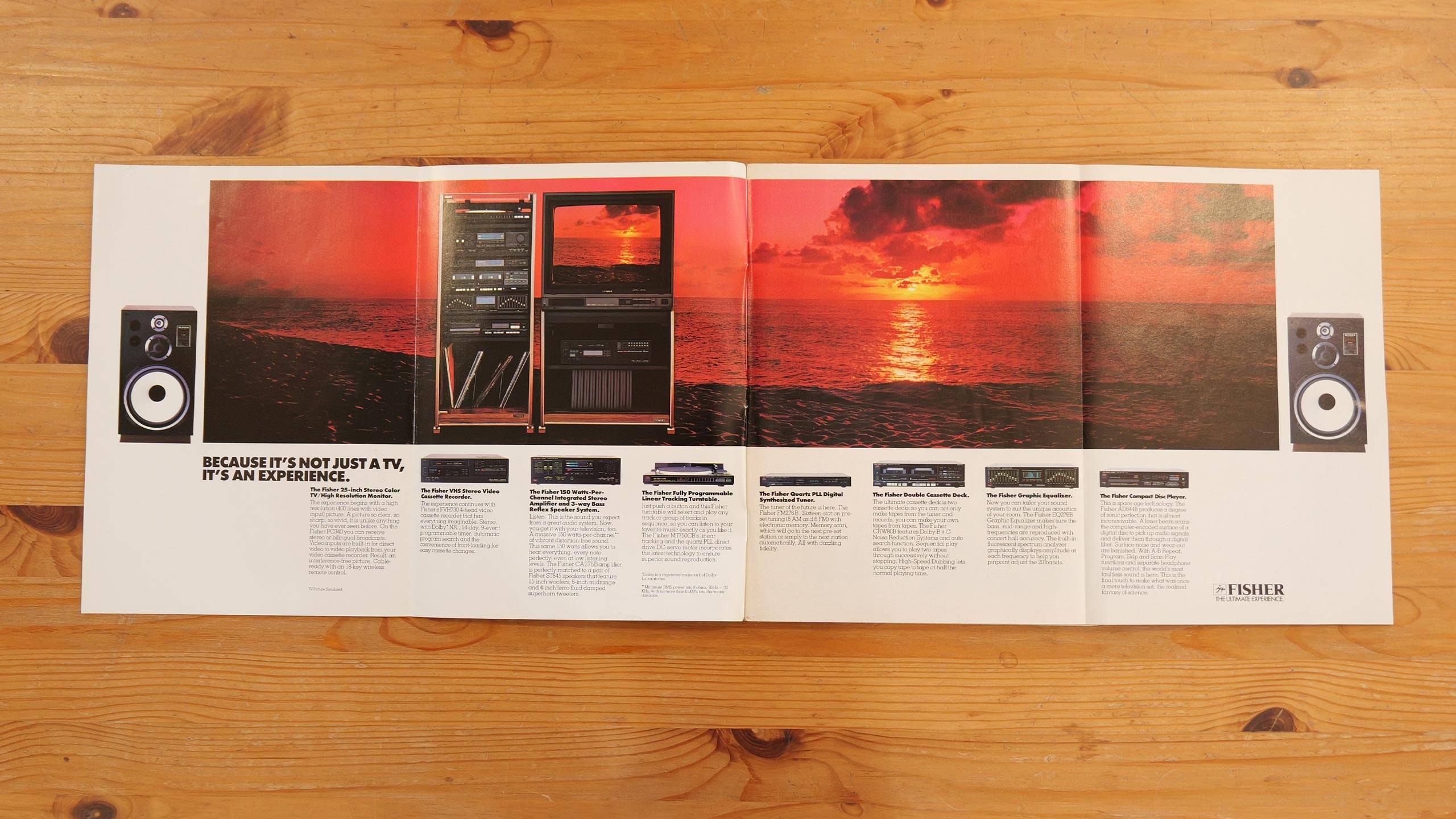
Conclusion: A Visual Culture of Excess and Ambition
1980s print advertising captured the decade’s spirit of optimism and overload — a world racing toward a digital tomorrow while still steeped in analog craft. Its maximalism, though sometimes chaotic, represented a profound cultural shift: technology was no longer an appliance, it was an experience. And by layering bold design, emotional aspiration, and technological spectacle, advertisers created an aesthetic legacy that continues to influence retro-inspired design today.
It was loud. It was flashy. It was hyper-confident.
It was the 1980s — on glossy paper, and turned up to 11.

Fair Use Notice: This blog/video contains excerpts from original 1980s issues of Playboy and Rolling Stone magazines for the purpose of commentary, education, and historical analysis of graphic design, illustrators and artists. These clips are used in a transformative and editorial context to discuss the artwork and cultural significance of the featured artists. All material remains the property of their respective copyright holders. No copyrighted material is used for commercial gain or to replace the original publication.

